
A Few Tips and Tricks to Using Social Media with Depression and Anxiety
April 6, 2017 in Social Media Guide

Photo Credit: Visual Content Flickr via Compfight cc
Symptoms of depression and/or anxiety can be made worse by using social media. In recent blog posts, we have talked about some of the ways social media can bring out negative emotions in people. Social media content can make people feel jealous of one another. Comparing the number of likes you get to that boy who sits next to you in class doesn’t do anything to build positivity. People tend to show their “best self” on social media. But the truth of the matter is everyone has their own, unique struggles, even that girl who’s always posting hilarious, creative stuff. For today’s post, we wanted to share a few tips and tricks to using social media when you’re feeling depressed or anxious.
Tips and Tricks
Avoid especially negative or stressful content
If you know that going on social media means you’re going to come across negativity, it’s best to avoid that content. This may seem obvious, but sometimes with depression and anxiety, it can be hard not to subject yourself to even more negativity.
Steer clear of heavy, intense conversations over social media
When communicating online, so much can get lost. The emotions behind the words can so easily get misinterpreted. We definitely encourage talking through your emotions before they become overwhelming, but these conversations are usually best done in-person with a trusted support. If you do feel more comfortable discussing your emotions online, using a direct message between you and your trusted, safe support is probably the most effective way to do so.
Seek out positive material on the internet
Making an effort to seek out positive material can be difficult when depressed or anxious. But it can be so worth it. Every Monday, we post positive content for a reason. The internet doesn’t have to be a negative place – there’s lots of good stuff out there. It can make a big change in mood to seek out material that is positive. Scrolling through the same old feed on social media can make symptoms worse. Finding something new and interesting can be a great first step to improving your depression and/or anxiety.
These are just a few things that can be done to positively influence your mood for the better. Social media doesn’t have to be a place that makes you feel bad. By using these few tips and tricks when symptoms are increasing, social media can be a better outlet.
Do you have any tips and tricks to using social media when feeling depressed and/or anxious? Let us know in the comments below!







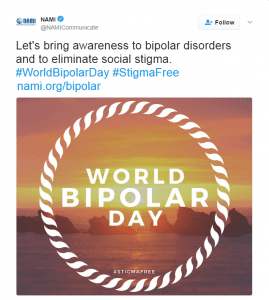

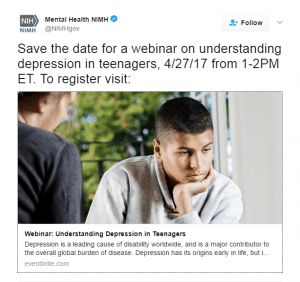

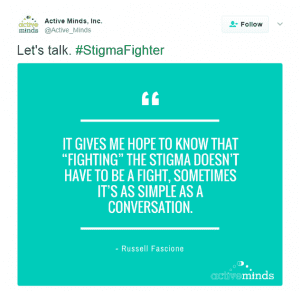
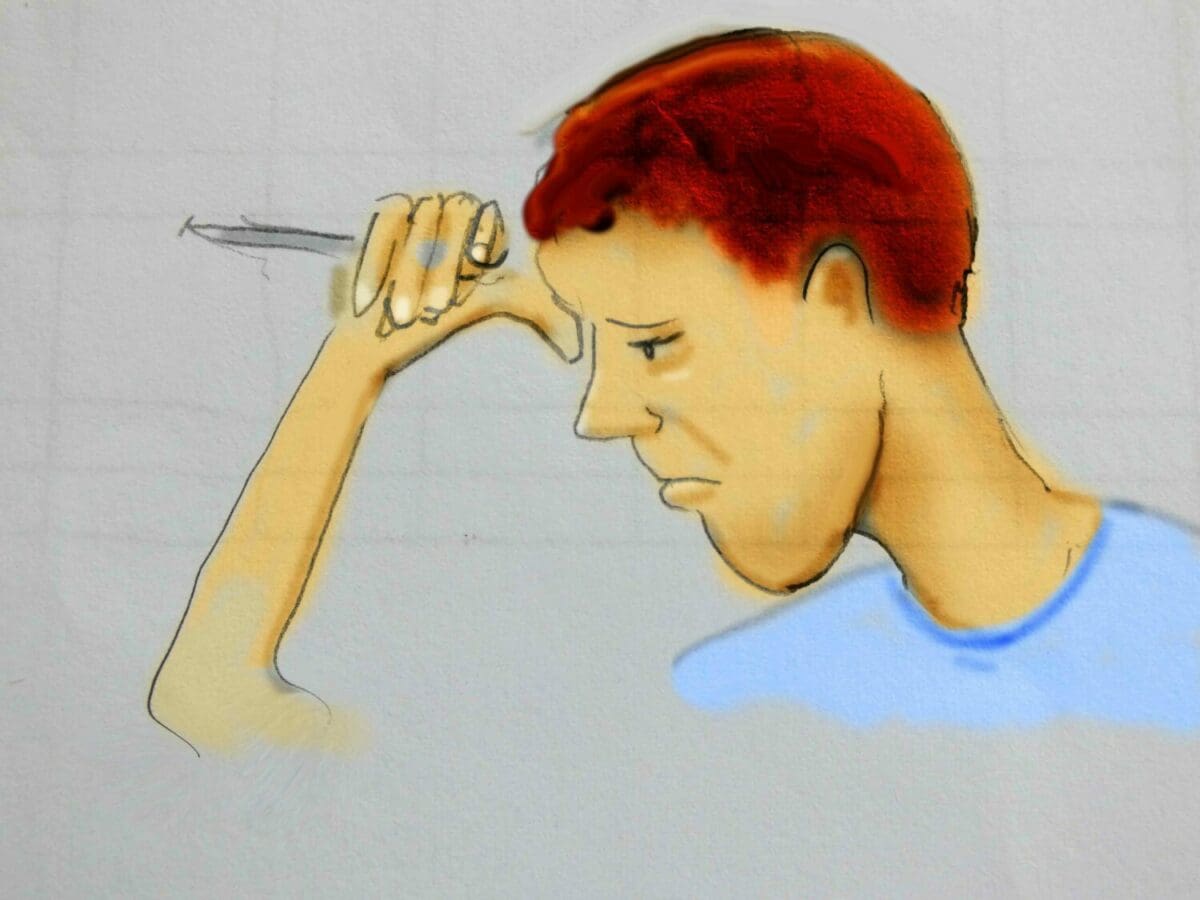

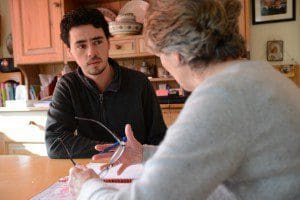




Recent Comments